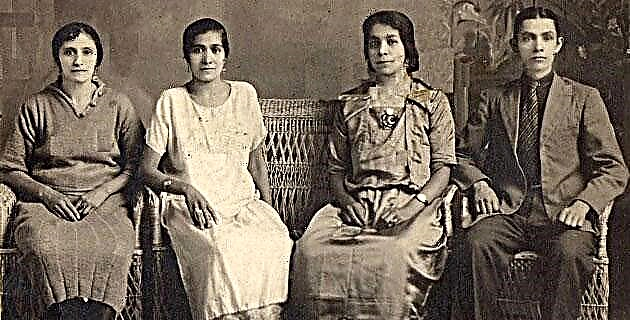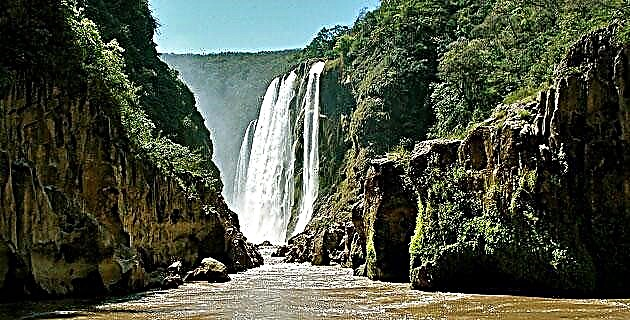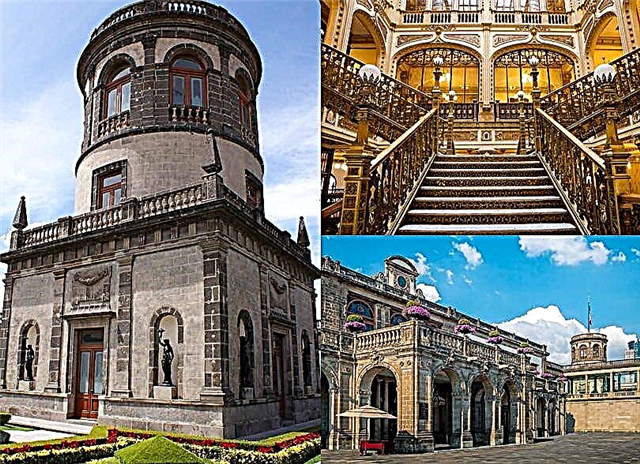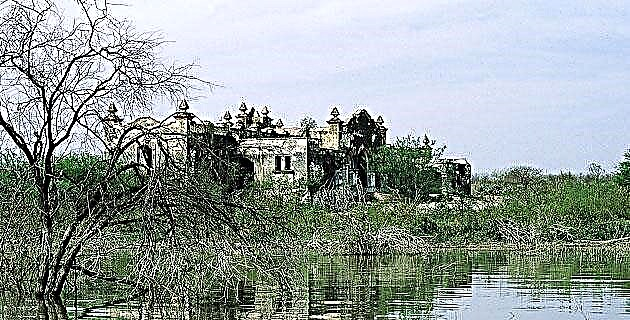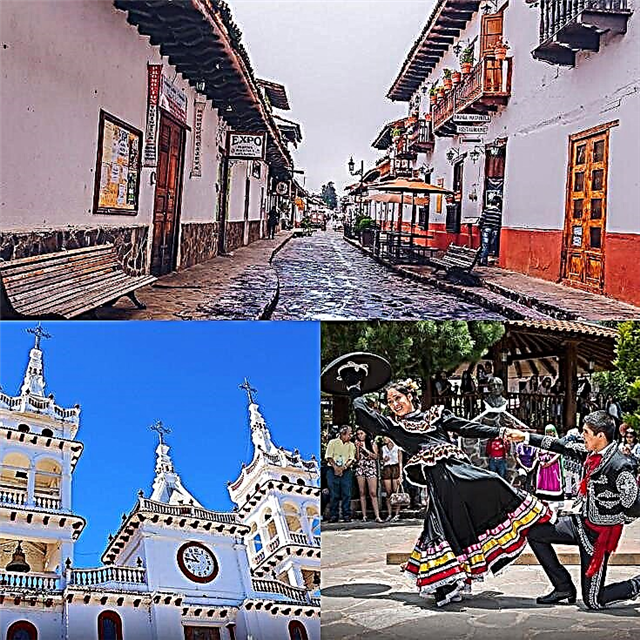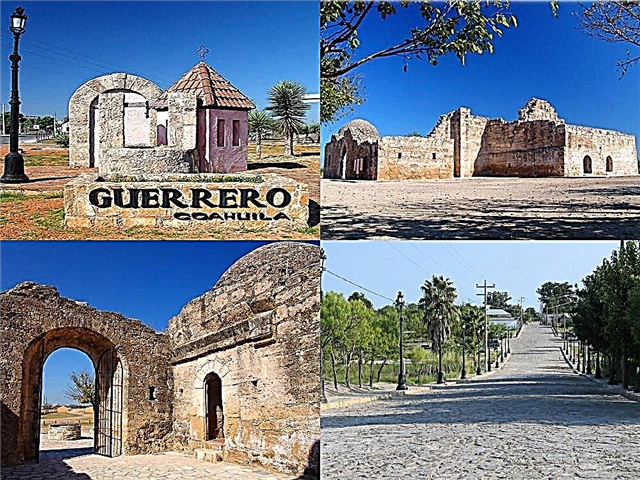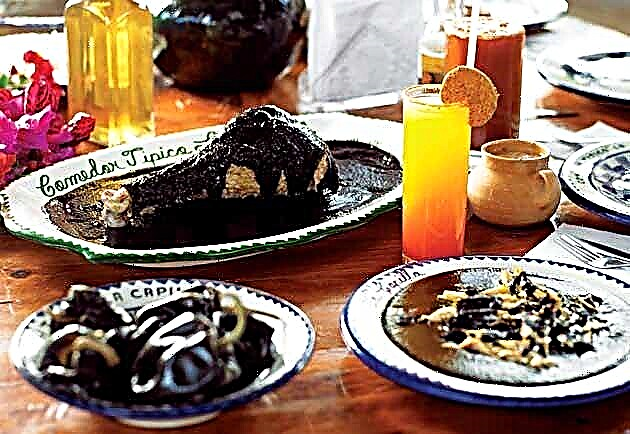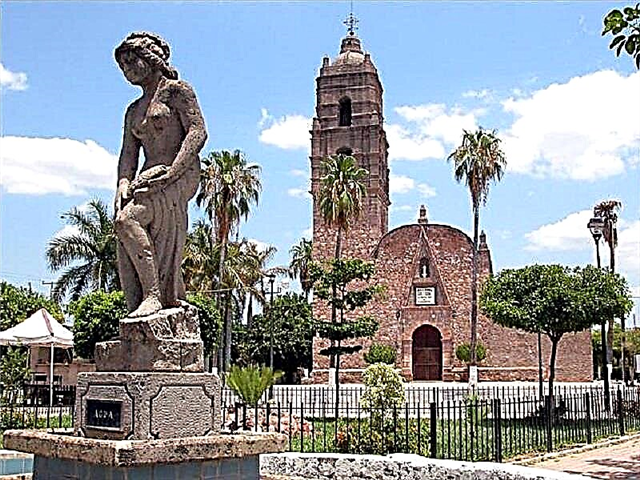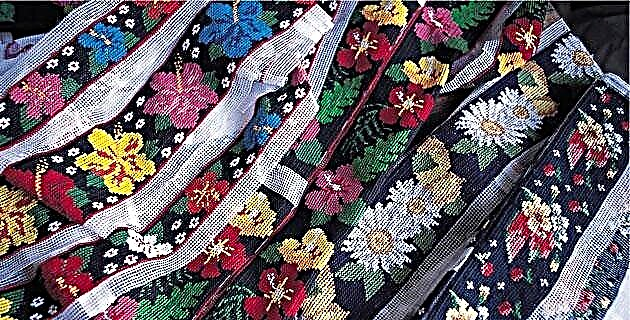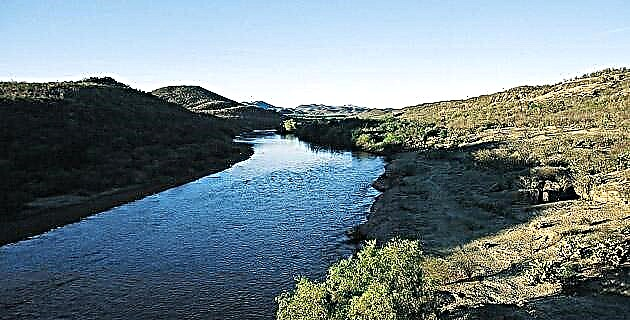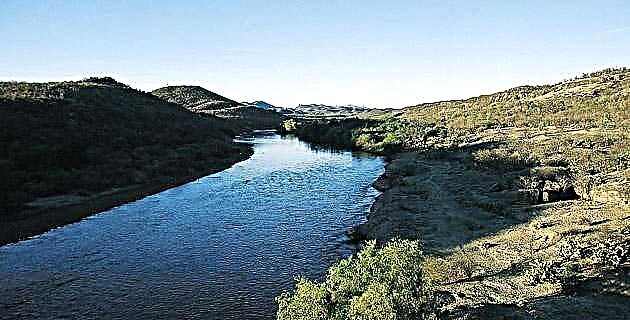
The Christianization of the Yaquis was what allowed the religious to spread in 1609, penetrating the territory of Sonora.
During the Colony, Sonora corresponded only to the slopes of the Sierra Madre Occidental included in the limits of that entity. The region that ran north from the Yaqui River, including the Real de la Cieneguilla, was called Pimería Baja and the northernmost region from that Real to the Colorado River - already in the current North American state of Arizona - was called Pimería Alta.
The current Sonoran territory also includes a small region in the southwest of what was then known as Pimería, located in the state of Chihuahua and Ostimuri, a place located on the coasts of the Gulf of California, between the Mayo and Yaqui rivers.
In 1614 the missionaries Pérez de Rivas and Pedro Méndez Christianized the Mayans of the Ostimuri area, dividing the mission into three Districts: Santa Cruz (at the mouth of the Mayo), Navojoa and Tesia.
The Tepahues were incorporated together with the Cornicaris in 1620. Father Miguel Godínez founded the missions of San Andrés de Cornicari and Asunción de Tepahui . That same year the Rectorate of San Ignacio was founded, which included, in addition to the five missions mentioned above, those of Bacúm, Torín and Rahún, located at the mouth of the Yaqui.
In 1617 the Yaquis were converted by parents Pérez de Rivas and Tomás Basilio. Despite suffering uprisings, riots, torments, and homicides, the conversion of Sonora was faster and more secure. By the 17th century the Jesuits expanded and founded the mission of Maycoba and Yecora in the southwestern part of what they knew as Chínipas.
The missions from the Yaqui River to the north were divided into four rectories: San Borja grouped the missions of: Cucumaripa and Tecoripa , founded in 1619; Movas and Onovas, in 1622; Sahuaripa in 1627; Matape in 1629; Onapa in 1677 and Arivechi , in 1727. The Rectorate of the Three Holy Martyrs of Japan that included Batuco founded in 1627, Oposura in 1640 and Bacadeguachi , Guazavas , Santa María Baceraca and San Miguel Bavispe , founded in 1645. And the Rectorate of San Javier that integrated the missions of Ures in 1636; Aconchi, Opodepe and Banámichi in 1639; Cucurpe and Arizpe in 1648, and Cuaquiárachi in 1655.
In 1687 the missionary Eusebio Francisco Kino entered the Pimería Alta and began the missions of the Rectorate of Nuestra Señora de los Dolores, founding: Caborca, to which Francisco Javier Saeta was assigned who maintains correspondence with his spiritual support, the father Kino; Atil, Tubutama, Our Lady of Sorrows from Saric, Pitiquito, Aiil, Oquitoa, Magdalena, San Ignacio, Cocóspera and Imuris.
After the expulsion of the Jesuits, the missions were in charge of the Franciscans, who did not build any more and only limited themselves to trying to preserve the existing ones. Once the Jesuits had already established settlements in Sinaloa and Sonora, they turned their eyes to the Californian territory.

